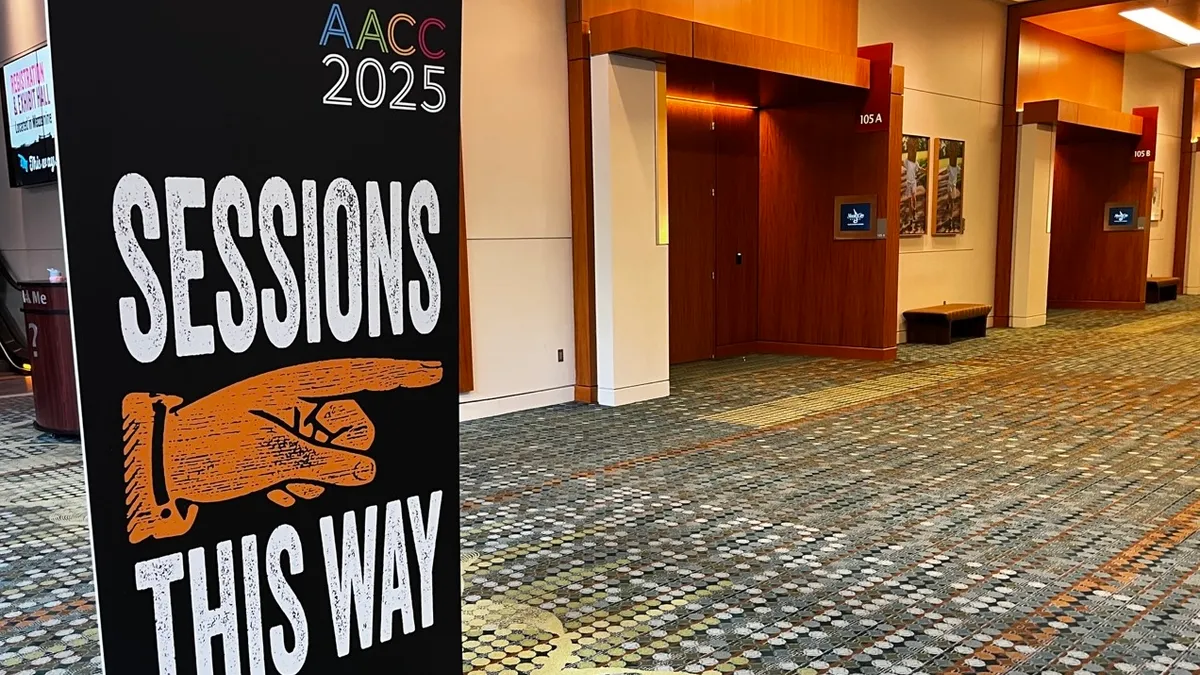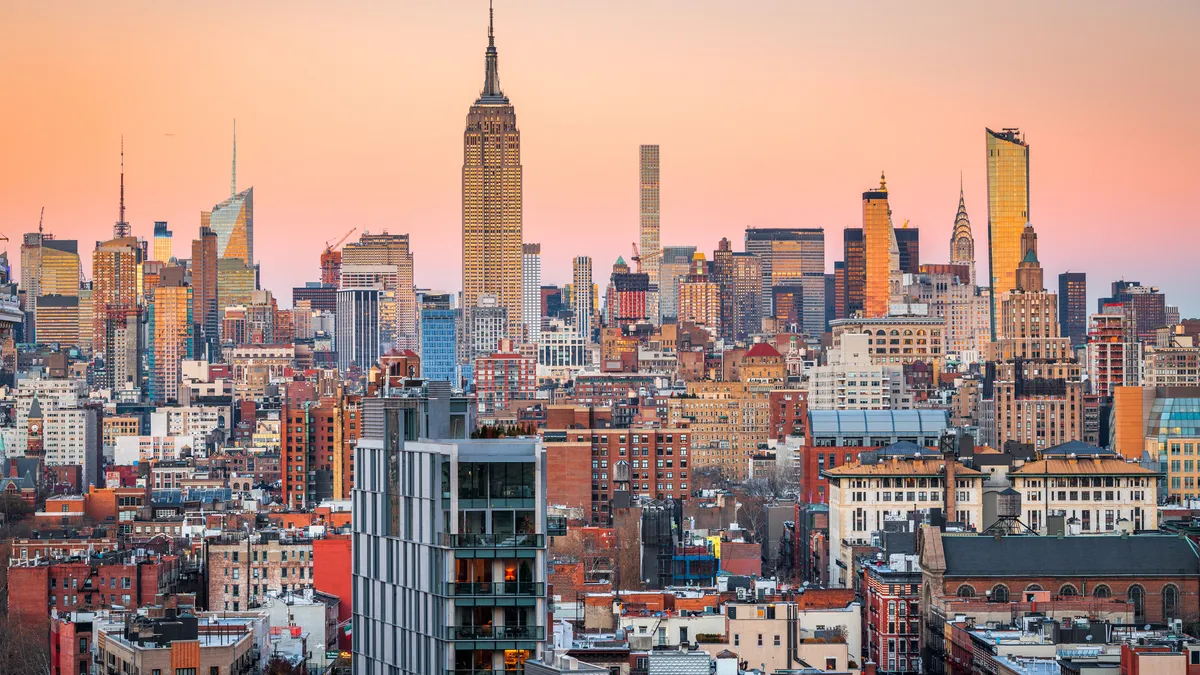College has long been viewed as a pathway for upward mobility. But an expansive new research project found something else that's important to climbing the socioeconomic ladder: students forming friends across socioeconomic lines.
How likely students are to form those connections across divisions of class and wealth varies greatly from campus to campus, according to the research, which is from Opportunity Insights, a center at Harvard University directed by economics professor Raj Chetty. A college's standard operating procedures and cultural norms influence the relationships students form.
"The structures of institutions and the structures of settings have the ability to drive some of these measures," Johannes Stroebel, a finance professor at New York University and co-author of the report, said during a Wednesday webinar.
What the study found
Researchers have found a strong correlation between economic connectedness and upward mobility. Economic connectedness is determined by the exposure high-income and low-income people have to each other and the likelihood they will form friendships across class lines. The likelihood of making friends across lines is also known as friending bias — a high friending bias means less friendships across groups.
The Opportunity Insights report looked at the six most common places people make friends — high schools, colleges, religious groups, recreational groups, workplaces and neighborhoods. It measured their exposure to others and friending bias to find where different types of people most commonly bonded.
High-income people made more of their friends in college compared to low-income people, who in turn made four times as many friends from their neighborhoods. Those with low incomes find the most economic connectedness in college but make fewer friends there than in other settings, largely because they are less likely to attend in the first place.
What it means for colleges
Efforts to reduce socioeconomic segregation, such as simplifying the college admissions process to boost campus diversity, can increase cross-class interaction substantially, the report found. It also determined they are likely to help boost mobility.
Yale University, for example, showed a high rate of cross-class relationships and a low friending bias compared to other elite private colleges. But because low-income students make up a small share of Yale's student body, the university created relatively few connections.
Even in a world with full socioeconomic integration, half of the social disconnection between low- and high-income people would continue due to friending bias, according to the report. And colleges had the second-highest rate of friending bias for people with low socioeconomic status out of the six studied locations.
High-income students are more likely than low-income students to become friends with high-income people. Even if low-income people make all of their friends in colleges, their wealthy counterparts would still have substantially more economic connectedness, the study found.
Certain structures on campuses can break down barriers between different students or reinforce them.
One such structure is Greek life, which researchers found on the campuses of many colleges with high levels of bias. The costs associated with rushing a fraternity or sorority may contribute to socioeconomic stratification, according to the report.
Friending bias also tended to increase with college size and with the racial diversity of the student body, according to the report.
"When you have very, very small groups, it's harder for cliques to form, because everyone basically has to interact with everyone," Stroebel said.
How the study was conducted
Researchers used Facebook user data to examine U.S. residents ages 25-44 who gave their zip code information, were active on the social media platform at least once in the previous 30 days, and have at least 100 U.S.-based friends on the site.
The resulting 70.3 million users corresponded to 82% of the U.S. population in the given age range.
The dataset behind the research is publicly available, and education leaders can look up their colleges' level of economic connectedness on Opportunity Insights' website. A peer reviewed paper on the work also appears in the journal Nature.






















